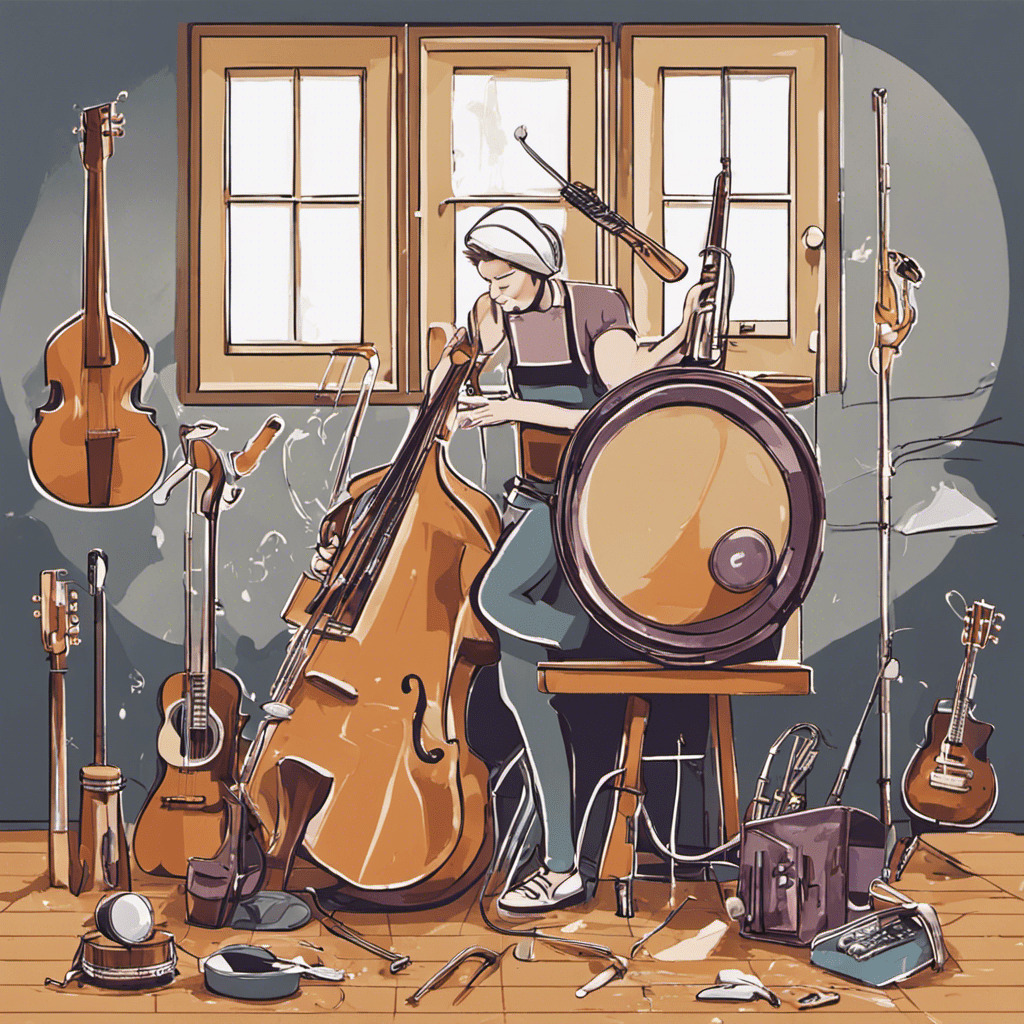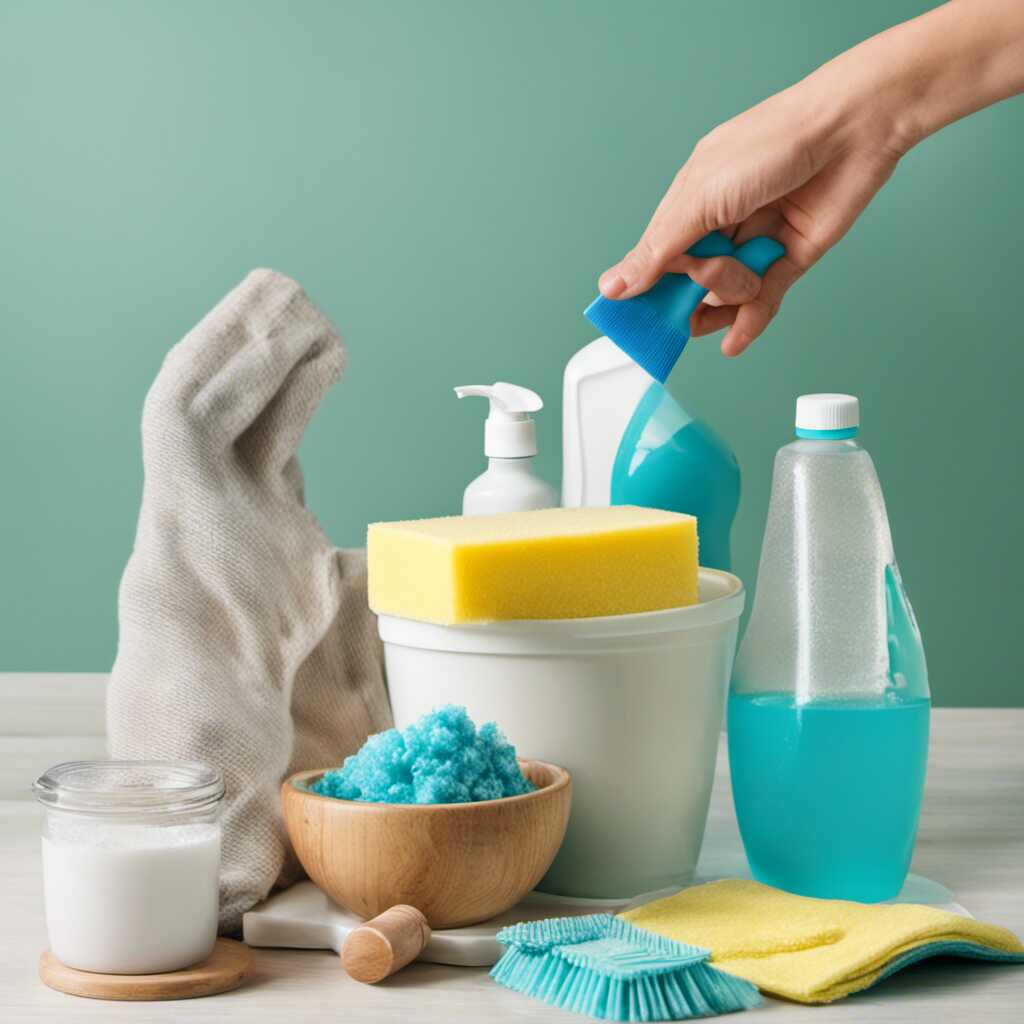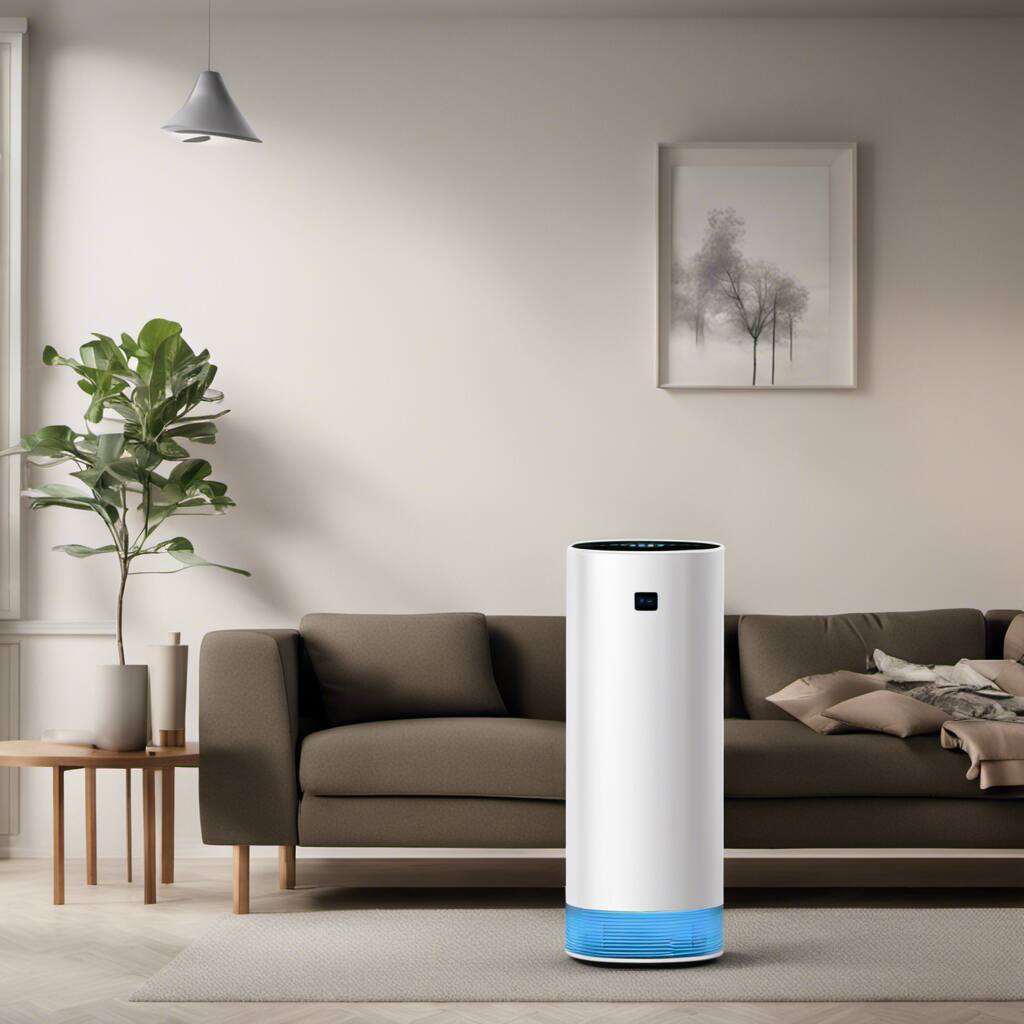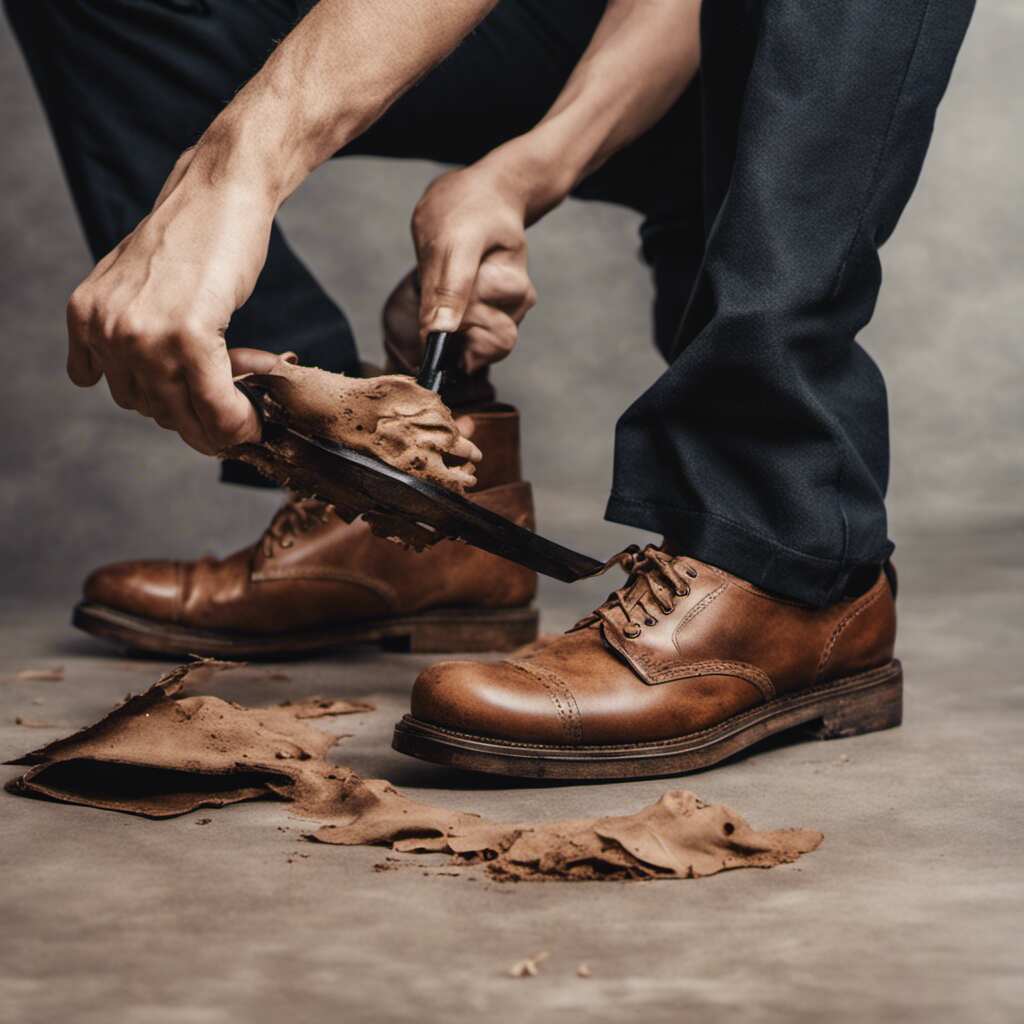
Enjoying the hypnotic, mellifluous sounds of a wooden musical instrument is truly a delight to the ears. Their warm, rich tones bring songs to life; stories are told through the rhythm and cadence oozed by these wonderful pieces of artistry. But just as every sonnet needs the right arrangement of words and every painting needs the correct blend of colors, a wooden musical instrument requires proper care and maintenance. Without it, its splendid symphony can fade into a tragic cacophony. The question here is – how do you clean and care for wooden musical instruments? Buckle up, dear music fanatics! We are about to dive deep into that exciting world.
Wooden musical instruments, whether they’re a sophisticated violin, a majestic guitar, a whimsical ukulele, or a powerful drum set convey more to us than just musical notes. They are treasures, preserving the legacy of sounds real and magical. They demand consistent love and devotion to keep their charm eternal. We’re here to unfold those secrets of how to clean and maintain them.
This article is a comprehensive guide on how to clean and care for wooden musical instruments. And just like the euphonious harmony of a musical piece, we’ll go step by step and instrument by instrument. We shall cover the how-tos for guitars, violins, ukuleles, and drum sets.
Importance of Cleaning and Caring for Wooden Musical Instruments
Caring for your wooden musical instruments is more than just maintenance; it’s about preserving their integrity and musical quality:
- Sound Quality: Proper care ensures that your instrument retains its optimal sound quality and resonance.
- Longevity: Regular maintenance can significantly extend the lifespan of your instrument.
- Aesthetic Appeal: Keeping your instrument clean enhances its visual appeal, reflecting your dedication to craftsmanship.
Essential Supplies for Cleaning Wooden Instruments
Before you begin, gather the necessary supplies:
- Soft Microfiber Cloths: Ideal for gentle cleaning and polishing.
- Unscented Cleaning Products: Choose cleaning solutions that are safe for wood and won’t leave a residue.
- Humidity Control Device: A hygrometer or humidity control system helps maintain consistent humidity levels.
Pre-Cleaning Assessment of Wooden Musical Instruments
Before diving into cleaning, understand your instrument’s specific needs:
- Material Matters: Different types of wood require specific care methods. Research your instrument’s wood type.
- Manufacturer Guidelines: Check for any care recommendations provided by the instrument’s manufacturer.
How to Clean and Care for Wooden Musical Instruments
Guitar Maintenance: Step-by-Step Guide
Let’s start on a high string, with one of the most beloved wooden musical instruments—the guitar! Here’s how to clean and care for your beloved six-string.
1. Regular Cleaning: It’s crucial to clean your guitar after every use. Even something as simple as wiping it down with a soft, dry cloth can prevent oily fingerprint smudges, dust, and sweat from building up, as these things can severely damage the guitar’s finish.
2. Fretboard Cleaning: The fretboard, or fingerboard, is the front part of a guitar, where you press your fingers. Grime from sweat and dirt can accumulate here more than any other part. To clean this, remove the strings first. Then apply a little lemon or mineral oil onto a cloth and wipe the fretboard.
3. String Changing: Over time, strings become dull and lose their crisp sound. Changing them routinely (every 3 to 4 months) can keep the tunes of your guitar fresh and vibrant.
4. Humidity Control: Wood expands and contracts with the level of moisture in the air. Therefore, controlling humidity helps in maintaining the guitar. Keep the humidity around your guitar at 45%-55% level for best results.
Violin Maintenance
Next, let’s hear the tune of maintaining a beautiful violin!
1. Regular Cleaning: Similar to a guitar, a violin requires daily simple cleaning. Use a microfiber cloth to wipe off rosin dust that settles on the violin surface after playing.
2. Bridge Maintenance: The violin bridge’s positioning is essential for the quality sound production. It must not lean forward or backward. A professional should ideally check and adjust it.
3. Bow Cleaning: The bow, too, needs cleaning. However, never touch the bow hair. Oils from your skin can make it lose its grip on the violin strings. Just wipe down the wood part with a clean microfiber cloth.
4. Regular Re-hairing: The bow hair stretches with usage and loses its elasticity. It would help if you got it re-haired regularly by a professional.
Ukulele Maintenance
Now, let’s walk through keeping your ukulele strumming gracefully.
1. Regular Cleaning: Wipe your ukulele body with a paper towel or an old t-shirt. Be sure not to use any cleaning oils that might damage the finish. For the fretboard, try a little lemon oil.
2. String Changing: Ukulele strings need changing every 3 to 6 months, depending on usage.
3. Storage: A hard case is best for storage. When you’re not playing your ukulele, keeping it in a case will protect it from dust and humidity fluctuations.
Drumset Maintenance
Finally, let’s feel the rhythm of drum set maintenance.
1. Regular Dusting: A simple dust-off with a feather-duster or a lightly damp cloth can work wonders.
2. Parts Cleaning: Clean the metal parts with a metal cleaner and the hoops with warm, soapy water. For the drum shells, try a mild wood cleaner.
3. Head Changing: The drumheads need to be changed depending on how often you play and your playing style. If the drumhead is dented or has lost its tone, it’s time for a change!
4. Humidity Control: Like guitars, drums also need humidity control. Too much of it can warp the wood, while too little can dry it out and make it crack.
Conclusion
To encapsulate, cleaning, and caring for wooden musical instruments demands both routine practices and periodic professional intervention. Every stroke, every touch on these instruments leaves an impact, both literally and metaphorically. It’s not just the music it produces but also the legacy it carries. Proper cleaning and care ensure that your musical instrument stays in tune, maintaining its grandeur and integrity.
How you clean and care for your wooden musical instruments affects not only their longevity but also the quality of the sound they produce. It’s about preserving the essence and vitality of the music itself.
And remember, this extreme care is not a chore, it’s a dance of preservation, a contribution to the world of melodious marvels. So let’s strike the right chords, and hit the perfect beats as we move forward in this rhythmic journey. Each time you tune, clean or re-string, you aren’t only preserving an instrument, but you are honoring the divine symphony that music is. So let’s get excited about how to clean and care for wooden musical instruments! Let’s cherish this enchanting fusion of wood and music – a fusion that creates the most beautiful sounds in the world, ever!







